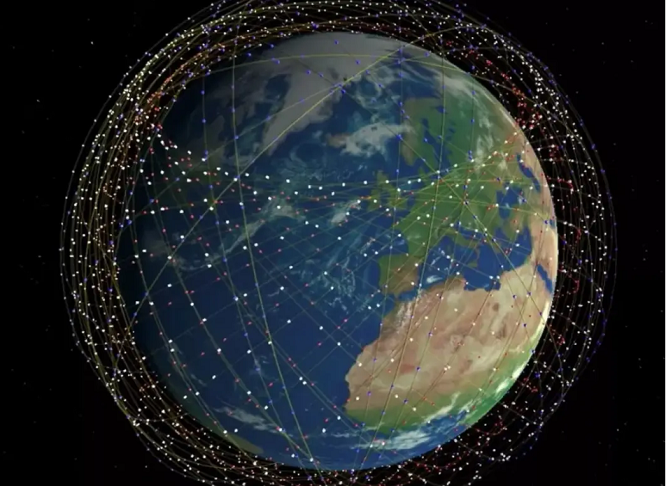
In the ever-evolving landscape of technology, Starlink has emerged as a revolutionary project that aims to transform global connectivity. Developed by SpaceX, Starlink is a satellite internet constellation designed to provide high-speed, low-latency broadband services to users around the world, especially in remote and underserved areas.
The concept behind Starlink is both ambitious and innovative. Traditional internet infrastructure often struggles to reach certain regions due to geographical barriers, high costs, or lack of investment. Starlink seeks to overcome these challenges by deploying a vast network of small satellites in low Earth orbit (LEO). These satellites communicate with each other and with ground stations on Earth, creating a seamless web of connectivity.
One of the key advantages of Starlink is its potential to offer high-speed internet access to areas that have long been neglected by traditional service providers. In many rural and remote regions, broadband options are limited or non-existent, leaving residents disconnected from the digital world. Starlink has the ability to change this by beaming internet signals directly to small satellite dishes installed at users' homes or businesses. This means that even in the most isolated corners of the globe, people can enjoy fast and reliable internet, enabling them to work, study, and stay connected with loved ones.
Another significant benefit of Starlink is its low latency. Latency refers to the time it takes for data to travel between a user's device and the internet server. Traditional satellite internet systems often suffer from high latency due to the long distances that signals have to travel between the satellite in geostationary orbit and the Earth's surface. In contrast, Starlink's satellites operate in LEO, which significantly reduces the distance that signals need to travel. As a result, Starlink offers much lower latency, making it suitable for applications that require real-time communication, such as online gaming, video conferencing, and financial transactions.
Starlink also has the potential to enhance global connectivity in emergency situations. During natural disasters or other crises, traditional communication networks may be damaged or disrupted, leaving affected communities isolated. Starlink's satellite network can provide a reliable backup communication system, allowing emergency responders to coordinate relief efforts and affected individuals to stay in touch with the outside world.
However, the development and deployment of Starlink have not been without challenges. One of the main concerns is the impact of the satellite constellation on astronomical observations. The bright lights reflected by the satellites can interfere with ground-based telescopes, making it difficult for astronomers to study the night sky. To address this issue, SpaceX has been working on measures to reduce the reflectivity of the satellites and has engaged with the astronomical community to find solutions that balance the needs of both satellite communications and astronomy.
Another challenge is the regulatory environment. Launching and operating a satellite constellation requires compliance with various national and international regulations. SpaceX has been actively working with regulators around the world to obtain the necessary approvals and ensure that Starlink operates in a safe and responsible manner.
Despite these challenges, Starlink has made significant progress since its launch. As of [current date], SpaceX has deployed hundreds of satellites into orbit and has begun offering beta services in several countries. The feedback from early users has been generally positive, with many reporting fast and reliable internet speeds.
Looking ahead, Starlink has the potential to revolutionize global connectivity and bridge the digital divide. It could enable more people to participate in the digital economy, access educational resources, and receive telemedicine services. It could also drive innovation in various industries, such as transportation, agriculture, and energy.
In conclusion, Starlink is an exciting and ambitious project that has the potential to transform global connectivity. While there are challenges to overcome, the benefits it offers in terms of providing high-speed, low-latency internet access to remote and underserved areas are undeniable. As the project continues to develop, it will be interesting to see how it shapes the future of the internet and the world we live in.
Contact: Sales
Phone: 0086-18922852056
Tel: +86-18922852056
Email: info@szhyco.com.cn
Add: 6F, 8th BLD, Yinong Zhigu, Xinhua Road, Chenjiang Street, Huizhou, Guangdong, China